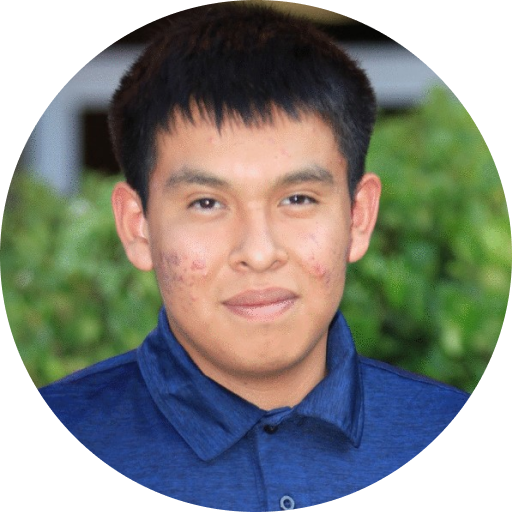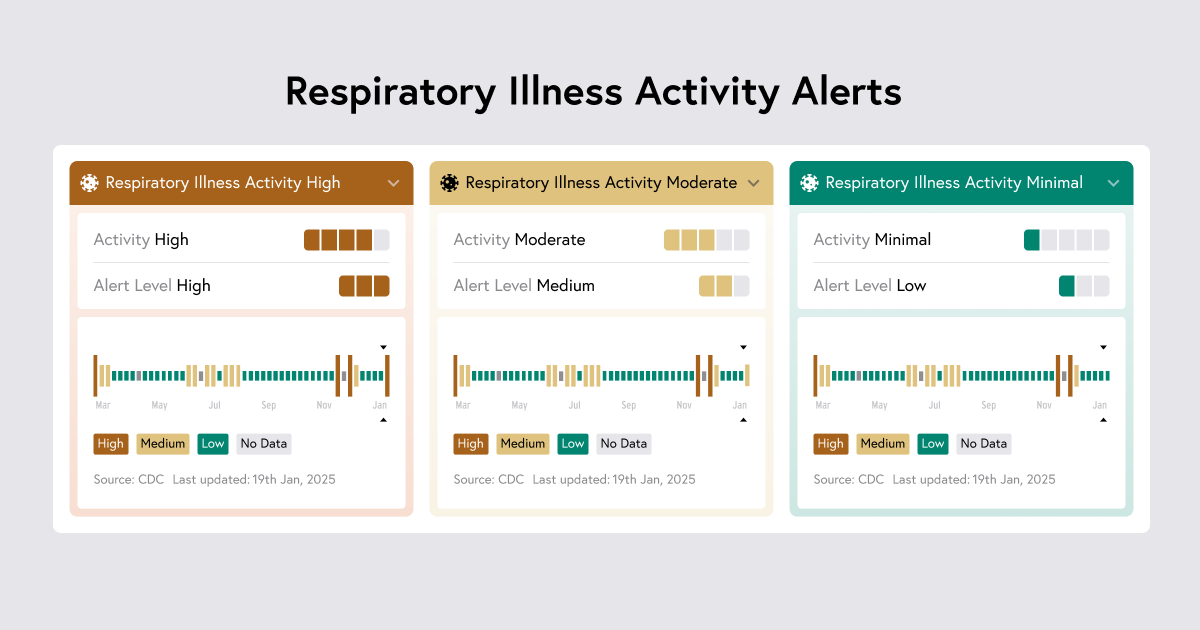Wehealth now also alerts on CDC Respiratory Illness Activity levels
Wehealth's mission is to build digital infrastructure to enhance global preparedness and resilience. Providing enhanced alerts from verified sources...
4 min read
 LeCario Benashley
:
Jul 28, 2021 6:00:00 PM
LeCario Benashley
:
Jul 28, 2021 6:00:00 PM
The COVID-19 pandemic invited the world to develop and innovate novel tools to combat COVID-19. Some of these tools are Exposure Notification (EN) Apps, which use smartphone bluetooth signals to communicate anonymously with other participating devices to notify possible COVID-exposed individuals of their COVID-exposure. EN technology does not require consistent internet access—with contacts recorded via bluetooth, intermittent internet access is enough for the technology to function. The invisible virus is thus made visible, empowering individuals to modify behavior appropriately and notify public authority if they choose to. The EN tools are used by approximately 40% of U.S. states and many countries around the world.
Studies of these tools, particularly in the U.K., suggest that these apps, when adopted in a community, are able to ease the burden of COVID-19. These tools are safe and private; most of them do not record personally identifying information even locally within the app, and none use GPS location, nor allow third parties (not even contact tracers) to reconstruct who met whom. With an effective and safe tool, one important question is: who do they best serve? As a Native American (NA) and budding Public Health scientist, I invite you to join me to investigate the utility of these tools for American Indian/Alaskan Native (AI/AN) Tribal Nations and reservations.
An important disclaimer is that each U.S. Tribal Nation is unique, with distinct history, culture, tradition, values, and government. I’ll be speaking generally about Tribal Nations, though with an emphasis on Tribal Nations in Arizona, as those are the Tribes I’m most familiar with. Now let’s begin.
Tribal Nations are recognized sovereign governments and public health authorities (PHAs). As PHAs, Tribes tend to be responsible for the contact tracing, surveillance, testing, and vaccination efforts on Tribal lands in response to COVID-19. EN tools are most useful when they are tailored to accurately incorporate and disseminate Tribal Nations’ actionable testing, vaccinating, and exposure guidance to participating residents – not generic advice intended to apply to any resident of a U.S. State where the app user may live.
As a social network, most Tribal Nation populations are small and highly interconnected, much akin to a university campus. Being so interconnected can raise transmission risk, but is also a strength when deploying EN. Tribal Nations have shown remarkably high adherence to public health measures such as mask-wearing mandates, shelter-in-place orders, and vaccination efforts. In my own White Mountain Apache Tribe, through observation, I can confidently say we have higher than average adherence to masks and shelter-in-place measures than our surrounding communities; when I talk with health officials from other Tribal Nations, they too share the same sentiment. It stands to reason other measures to slow the spread of COVID-19 would be similarly embraced. In NA communities, special consideration is given to safeguard those we love, to preserve the culture and tradition we carry--there is a powerful sense of community responsibility.
The benefit of EN to a Tribe depends on its ability to get a high proportion of residents to use the technology. Until now, EN has been used more in predominantly white, affluent, and urban populations. Assuming willingness to adopt, are Tribal Nations’ telecommunications and internet infrastructure able to host EN Technology adequately?
Tribal Nations are unfortunately on the wrong side of a “Digital Divide” between communities and regions who reap benefits from modern technology and internet services, and those who can not. The Digital Divide refers not only to whether an individual can access these services at all, but also whether that access is of sufficient quality, and whether it is restricted to certain locations. Some Tribal Nations are going to be unable to engage with EN tools due to The Digital Divide; a despicable inequality in a world where internet and technology access and reliability is becoming a necessity. Indeed, a 2018 report by the Federal Communications Commision (FCC) demonstrated nearly 55 percent of Tribal lands located in the lower 48 states lacked access to terrestrial and mobile services. But do some other Tribes have sufficient access to benefit from EN?
A number of positive developments suggest the answer is yes. First is the development of infrastructure. In February 2020, The FCC hosted the Rural Tribal Priority Window, enabling Tribes to apply for free 2.5GHz spectrum licenses. Owning a license enables Tribes to set up community broadband networks and/or facilitates contracting of established service providers. Things are changing for the better, catalyzed by the response to COVID-19. A second positive is the ubiquity of cellphones. A high-quality study done in 2015 found that 86% of AI/AN, regardless of metropolitan or nonmetropolitan residence, had cell phones. Thirdly, people on Tribal lands generally use those cell phones to use the internet. Multigenerational housing is common in Tribal Nations, meaning one active app user in a household could possibly represent an entire household exposure. At the same time an expansion of EN using wearables tied to apps designed for this situation could extend EN from a single smartphone user to all members of the household, including children and the elderly. EN technology does not require consistent internet – with contacts recorded via bluetooth, intermittent internet access is enough for the technology to function.
At the end of the day, it is hard to predict how The Digital Divide will affect the utility of EN Apps on AI/AN Reservations. Some Tribes Nations are going to be able to overcome the digital adversity, while others, until better equipped, are not.
There are compelling reasons for Tribal Nations to engage with EN Apps (e.g., reduction of COVID-19 incidence, deaths; increased public health resilience, being proactive for reopening, preparation for immune-escaping variants, and maybe the next pandemic). There are equally strong symbolic reasons to invite Tribes to join should they desire it. Throughout history, Tribal Nations, at times by choice and at other times by lack of invitation, are not enlisted in the advancement of public health and science—Tribes are underrepresented on these frontiers. Now may be an opportunity not just for underserved and underrepresented communities to “catch up”, and instead, for them to be active participants at the cutting edge of technology deployment, with EN Apps perhaps most beneficial in tightly interconnected Tribal Nations.

Wehealth's mission is to build digital infrastructure to enhance global preparedness and resilience. Providing enhanced alerts from verified sources...

Wehealth Notify is a free app for the public. Built with CDC funding and in partnership with National Oceanic and Atmospheric Administration (NOAA) /...

We are excited to announce the release of the updated Wehealth Public Dashboard that shows a more comprehensive picture of the alerts being delivered...